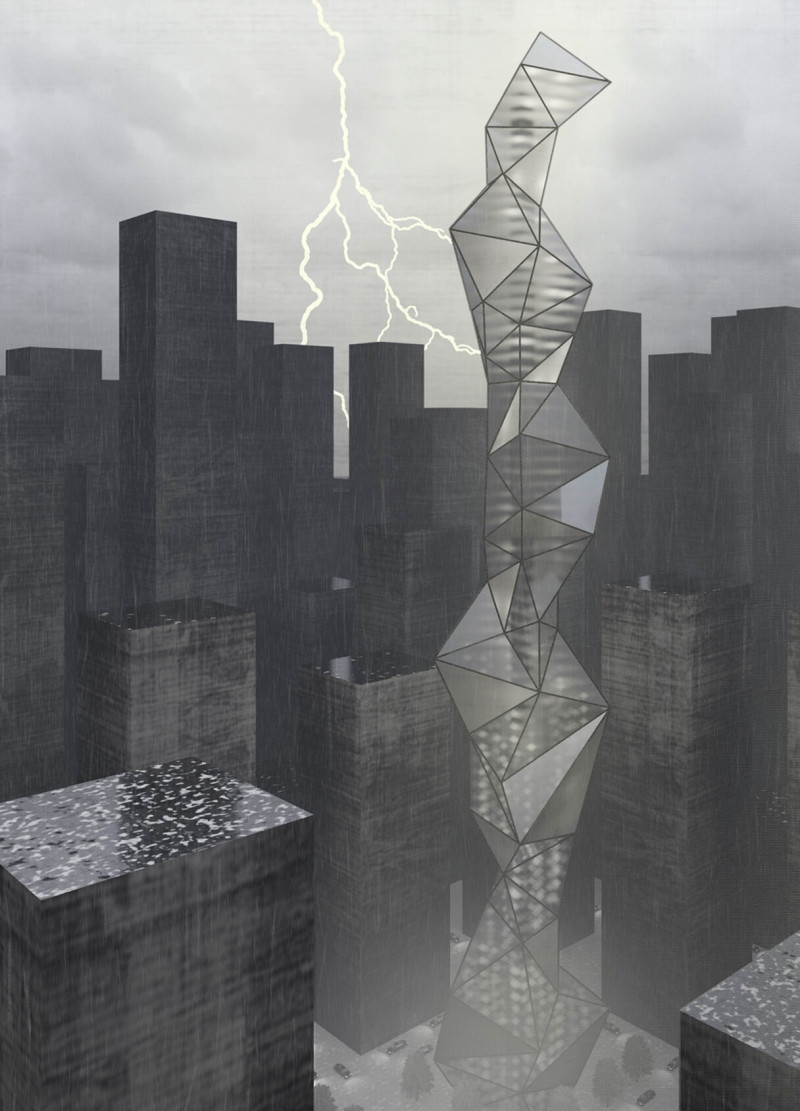5 key facts about this project
Design Concept and Unique Approaches
The Structure Tower employs a triangular lattice framework that enhances stability and reduces material use. This design strategy allows for efficient load distribution while maintaining aesthetic integrity. The project’s unique twisting shape not only facilitates visual interest but also maximizes daylight penetration and views for occupants.
The use of stainless steel beams serves as a crucial element of the supporting structure, providing robustness and versatility in the construction process. This material choice supports the overall integrity of the tower while allowing for innovative connections between different sections. The glass cladding adds further to the project's appeal by promoting a sense of openness and connection to the surrounding urban environment.
Versatile Spatial Configuration
The interior of the Structure Tower is designed with flexibility in mind. The layout allows for multiple configurations, catering to varying functions such as residential, office, and communal spaces. Each level integrates features that facilitate circulation, with central cores housing lifts and staircases to ensure efficient movement throughout the building.
Strategically positioned solid panels enhance privacy and provide insulation where necessary, while maintaining an overall sense of transparency. This balance between private and communal areas is significant for creating a functional and inclusive environment.
The project ultimately offers a new perspective on high-rise architecture by emphasizing adaptability through its modular design. As urban environments evolve, this approach allows the building to be reconfigured or expanded to meet future needs.
Exploring the Structure Tower provides an opportunity to gain a deeper understanding of its architectural plans, sections, designs, and ideas. The details incorporated in this project showcase a thoughtful response to contemporary challenges in architecture and urban living. For further insights into the architectural elements and design details, reviewing the comprehensive presentation of the Structure Tower is recommended.























